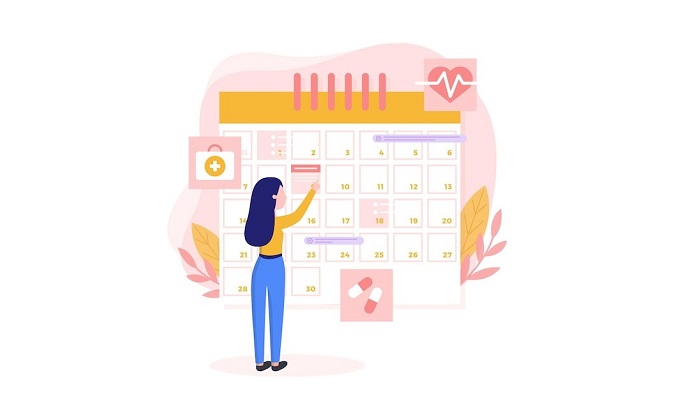Appointment scheduling and staffing deficiencies are the main inefficiencies that affect healthcare providers today. They lead to low productivity of the healthcare staff and significant income loss due to increased stress and workload, patient no-shows, and eventually, worker burnout.
It requires healthcare providers and clinics to focus more on appointment scheduling. With the right patient scheduling software, patient appointments can be easily scheduled, organised, and tracked.
Know What Patient Appointment Scheduling Software Is
Patient appointment scheduling software is intended to assist medical facilities, clinics, and healthcare providers in managing and planning patient appointments. By automating the scheduling process, it increases efficiency and reduces the possibility of mistakes.
By using the software, your staff can assign time slots in a way that minimises wait times and avoids double or multiple bookings. Your patients will find this software convenient because it lets you make online appointment requests and get reminders for forthcoming meetings.
Patient scheduling software can make it easier for healthcare businesses that offer in-home or virtual treatment to schedule appointments across several locations. It also helps reduce travel time by optimising routes between patient appointments.
Many Features of Patient Scheduling Software
Healthcare scheduling systems come in a variety of configurations, but the majority of them have the same fundamental features that allow you to automate patient appointment scheduling and support your organisation in multiple ways.
1. Patient appointment scheduling
Healthcare practitioners can effortlessly plan patient appointments with the help of the program. It frequently has an intuitive design that shows staff members the available time slots, making it easy for them to choose hours that work for them.
A patient self-booking system is another feature of scheduler software that lets patients make online appointments. With the use of this self-service tool, patients can see the doctor’s calendar and make, modify, or cancel appointments as needed.
2. Instant notifications and reminders
Clinics and health practices can provide better care and, most crucially, lower no-show rates with the aid of this vital feature. Healthcare practitioners can notify patients about medication consumption and remind them of the day and time of their next appointments using automated reminders and alerts. To make sure a patient receives it, the software allows you to send reminders by phone calls, SMS, or email.
3. Integrate with the calendar
Healthcare practitioners can better manage their schedules, prevent double bookings, and keep track of appointments by integrating patient scheduling software with calendars.
4. Multiple user access
In order to improve patient information management and prevent unauthorised access, your clinic can provide distinct user groups, like doctors, administrative staff, and nurses,with specific access. For example, patient appointments scheduled by a nurse or assistant require approval from a medical practitioner.
5. Gateway for patients
With a patient portal, which is a feature of some patient schedulers, the user can check the availability of appointment times, make or change appointments, and see their test results and medical records.
6. Electronic Health Records (EHR) Integration
Patient data is kept current and available with the support of seamless connectivity with EHR systems. Direct access to patient medical records and other information allow practitioners to easily schedule and cancel appointments on the software. The physicians can now find information on the assigned patient without having to launch a separate app.
7. Capabilities for reporting
Not all reliable patient scheduling software provides analytical tools for data analysis on things like appointment trends, booking rates, and the number of shows and cancellations. Clinics can increase overall productivity by streamlining procedures and scheduling with the help of these tools.
8. HIPAA adherence
To protect patient privacy and security, patient scheduling software needs to abide by healthcare laws, including the Health Insurance Portability and Accountability Act (HIPAA).


















